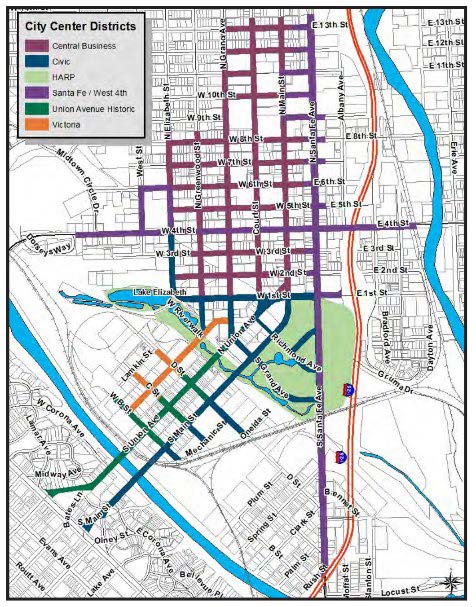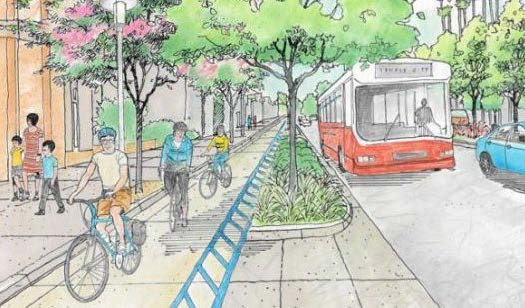Mobility & Transportation - Case Briefings
Mobility & Transportation Strategy #1 | Minimum Parking Standards
The goal of this strategy is to reduce or eliminate minimum parking requirements or to adopt parking maximums as a means of removing unnecessary barriers to affordable and attainable housing development. In urban areas, reducing parking requirements near active transportation nodes and job centers promotes walkability and the use of transit, reducing household transportation costs. In rural areas, minimum parking requirements are often not specified or necessary due to the availability of on-street spaces and an overall lower volume of new development and redevelopment activities. As a first step, communities should review current parking regulations and consider adjustments that can accommodate the local context and built environment. Beyond general count adjustments, credit should be considered for areas where supporting transit networks exist and where existing infrastructure is in place, such as on-street parking. Parking adjustments may reduce development costs and promote a “free market” approach with less restrictive standards.
Community Example
Code Update, City of Longmont, Colorado
As part of Longmont’s recent code update, criteria for shared, on-street, and alternative parking plans were incorporated as part of the overall parking review and criteria for new and redevelopment sites. Shared and on-street parking create an environment where existing and adjacent facilities can reduce the need for high-value land to be used as a parking lot, especially in and around the urban core. These efforts have helped Longmont reduce development costs for infill mixed-use projects, while adding a variety of housing options and price points for residents.
Other urban and rural communities throughout the state have incorporated similar code language through recent grant programs and updates to promote affordable and attainable housing by removing unnecessary and costly barriers to development, a main one being on-site parking requirements.

Source: City of Longmont Code Updates
Mobility & Transportation Strategy #2 | Multi-modal Road Standards
The purpose of this strategy is to adopt road standards that accommodate all methods of travel, including public transit, vehicles, bicycles, and pedestrians to help reduce construction and maintenance costs of expanding lanes or building new streets. The strategy also seeks to increase connectivity, multi-modality, and walkability, which help to reduce traffic congestion by getting people out of cars. To implement this strategy, communities should review and consider updating their existing street standards and criteria to provide additional opportunities and eliminate barriers to costly infrastructure investments. Allowing for a variety of context sensitive options and creativity may afford cost savings and reduce negative impacts of traditional roadway designs.
Community Example
Streetscapes, City of Pueblo, Colorado
The city of Pueblo sought to provide a streetscape master plan that would dictate landscaping, multi-modality, and connectivity in the downtown and major avenues of the community. The study carefully analyzed where people were going and how they were using the public roadways to determine what gaps and areas for improvement were necessary. This effort also took into account the efforts by the City to revitalize many areas around the downtown district that have promoted additional mixed-use development, including new attainable housing options for residents near places of employment and service areas.

Other communities throughout the state, including Durango (concept illustration to the left) have been analyzing their streetscapes and designs to promote additional choice.
Source: Pueblo Streetscapes and Durango website